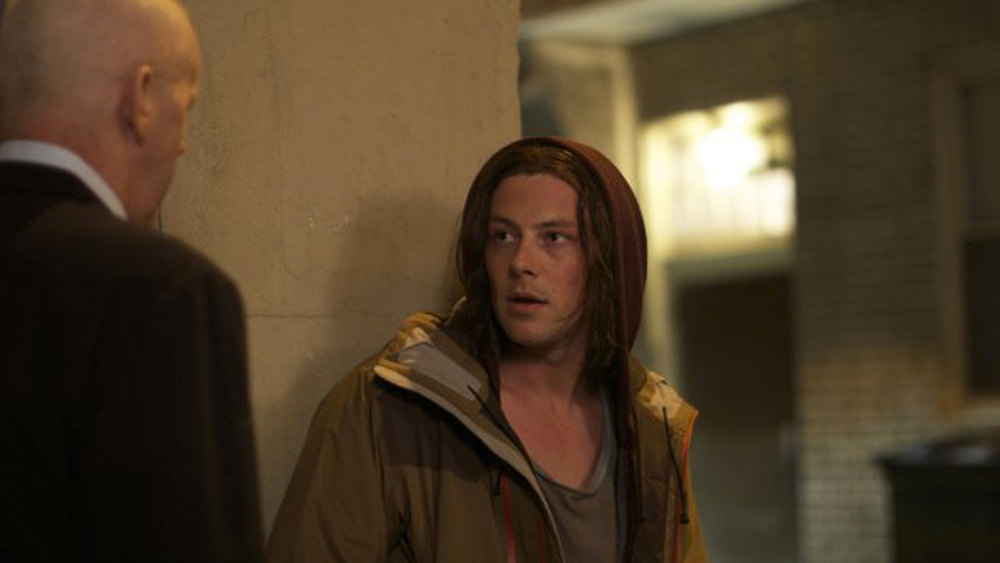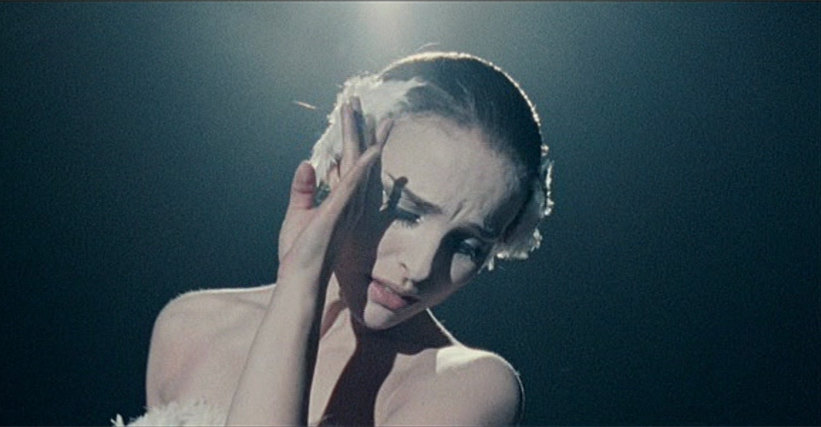A screenwriter friend of mine once remarked that there were only two kinds of movies: ones in which the hero leaves his home/land and encounters something or someone that challenges him, and ones in which the hero remains at home, but something comes into his life to accomplish the same purpose.
“Terraferma” follows the latter formula. In this Italian-language film, a Sicilian family of fishermen living on the tiny island of Linosa are already trying to adapt to changes when we first meet them. Although the fish have become gradually less plentiful, the patriarch, Ernesto (Mimmo Cuticchio) is slow to abandon a lifestyle that’s been passed on from generation to generation.
But his daughter (Donatella Finocchiaro) insists that either they leave the island, or they shift their focus to make a living off of the tourists who come there in increasingly larger numbers. Rather than leave, Ernesto and his grandson, Filippo (Filippo Pucillo), help her transform the garage into meager living quarters for the three of them so they can rent the house to tourists.
Even before the big ferry opens it’s gate and a flood of mainlanders pour out, another, more life-changing event happens to Ernesto and Filippo. While fishing at sea they come upon the remains of a vessel that’s crowded with illegal immigrants from Ethiopia. As the law instructs, he calls the coast guard. Several of the immigrants jump into the water and swim the great distance to their boat, and in the old man’s mind the law of the sea trumps national law. He has no choice but to haul them onboard and hide them as the coast guard boat arrives to deal with the others.
Not knowing what else to do, because he is in violation of the local law, Ernesto brings them to their home under cover of darkness. And there, these Ethiopians—a pregnant woman and her adolescent son—who’ve come into their lives instantly complicate matters, jeopardizing their own existence and forcing them to wrestle with all the attendant practical and moral issues.
To his credit, director Emanuele Crialese, who also came up with the story, decided to add another layer to the plot by having Filippo rent the house to three young backpacking adventurers his own age—one of whom is a female that serves as a romantic interest. It also feels like a double-down in cards, because it splits the narrative so that Ernesto and Filippo must grapple with the immigration issue on separate terms.
As good as the performances are, and as decent are the screenplay and dialogue, it’s hard not to think that the real star of the film is the Mediterranean Sea and the gorgeous cinematography of the sea and Linosa that are as captivating as anything Crialese tries to sequence or frame. Crialese obviously recognizes this, as he’s very liberal with the amount of scenic footage that’s edited into the final cut.
There are striking shots, as well, among them the artfully staged shot that appears on the Blu-ray cover art, and that too adds to the film’s artistry and charm.
Video:
The video is as sparkling as the Mediterranean, with images that are as sharp as can be and as alluring as travel posters. I saw no problems whatsoever with the AVC/MPEG-4 transfer. While there’s only the slightest bit of grain, “Terraferma” looks and feels as if it has texture throughout, so cinephiles shouldn’t object. Colors are wonderfully natural-looking—bright, without seeming over-saturated—and skin tones and black levels are perfect. “Terraferma” appears to be presented in 2.40:1 widescreen.
Audio:
The audio is an Italian DTS-MA 5.1 that delivers crisp dialogue and highly believable sounds, naturally directed across the audio field. Everything is nicely mixed, and with so much outdoor filming you get a much cleaner sound than you’d expect—very little wind across the microphones, in other words. The only subtitle option is English.
Extras:
The only bonus features are the theatrical trailer and a very short making-of feature that covers all the standard bases.
Bottom line:
“Terraferma” is a drama, but not a brooding or oppressive one. Gorgeous Mediterranean scenery sees to that, and a crisper pace than we’re normally accustomed to seeing in a European film. The visuals are memorable, and so are the characters and their moral dilemmas. It’s a film that sticks with you long after you’ve seen it.


